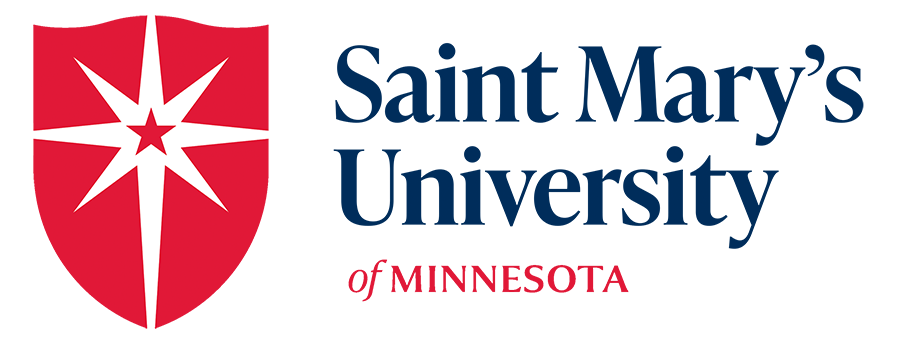 It’s amazing that we already find ourselves in August, and for education professionals gearing up for the launch of a school year, whether in K-12 or higher education, time and attention is consumed with planning, preparing, and organizing for engaging learning. For those of us in the Schools of Graduate and Professional Programs, programming is a continuous, year-round experience so as to increase access for adult learners to career advancement paths. We are passionate about what we do, and proud of our faculty and our outstanding alums!
It’s amazing that we already find ourselves in August, and for education professionals gearing up for the launch of a school year, whether in K-12 or higher education, time and attention is consumed with planning, preparing, and organizing for engaging learning. For those of us in the Schools of Graduate and Professional Programs, programming is a continuous, year-round experience so as to increase access for adult learners to career advancement paths. We are passionate about what we do, and proud of our faculty and our outstanding alums!
With thousands of education alums – teachers, educational administrators, community and organizational leaders, etc. – it is astounding to imagine the potential positive impact in our communities. Accordingly, I would like to encourage you all as essential stakeholders to take a moment and review the Minnesota State Plan draft for the Every Student Succeeds Act (ESSA). ESSA replaces No Child Left Behind and provides an opportunity for states to design approaches to enhanced assessment systems and school improvement, cultivate high quality teachers, and work more intentionally to raise achievement, close the achievement gap, and ensure inclusion.
While the public comment period for ESSA ends on August 31st, there is much work to do and we must do this together. Engage it! Reflect on the plan and share your voice to make it even better for the sake of our youth and families. If you are not currently in the state of Minnesota, engage your community in solutions-oriented dialogue about ways to ensure safe, inclusive schools that demonstrate equity and excellence. Particularly now, positive collaboration and caring relationships are needed. As I close with Minnesota’s Definition of Education Equity, know that we at Saint Mary’s University of Minnesota Schools of Education are ready to serve and stand for all students.
Education equity is the condition of justice, fairness and inclusion in our systems of education so that all students have access to the opportunity to learn and develop to their fullest potential. The pursuit of education equity recognizes the historical conditions and barriers that have prevented opportunity and success in learning for students based on their race, income, and other social conditions. Eliminating those structural and institutional barriers to educational opportunity requires systemic change that allows for distribution of resources, information and other support depending on the student’s situation to ensure an equitable outcome. (www.education.state.mn.us/MDE/ESSA).
Peace,
Rebecca I. Hopkins, Ed.D.
Dean of Education

Recent Comments